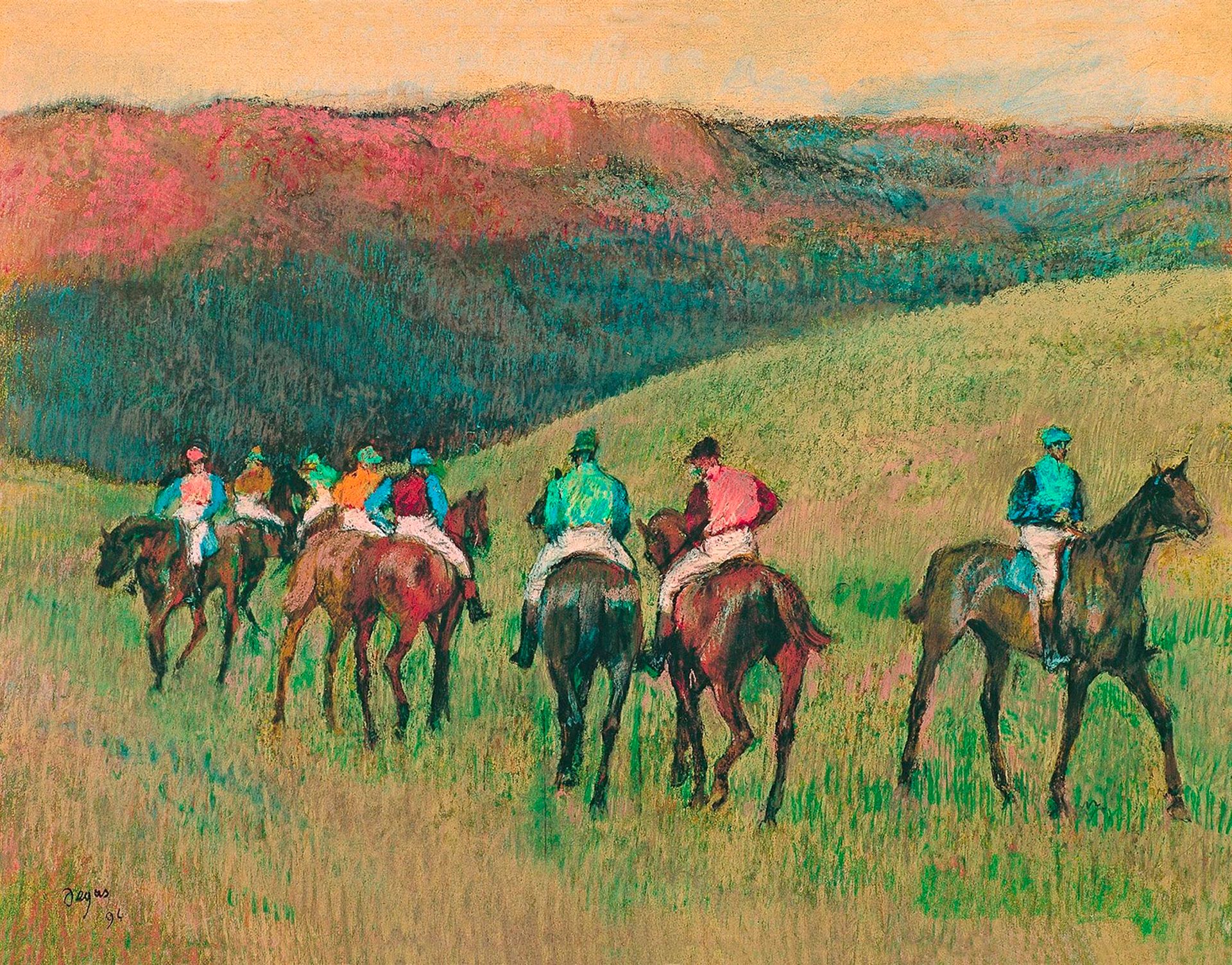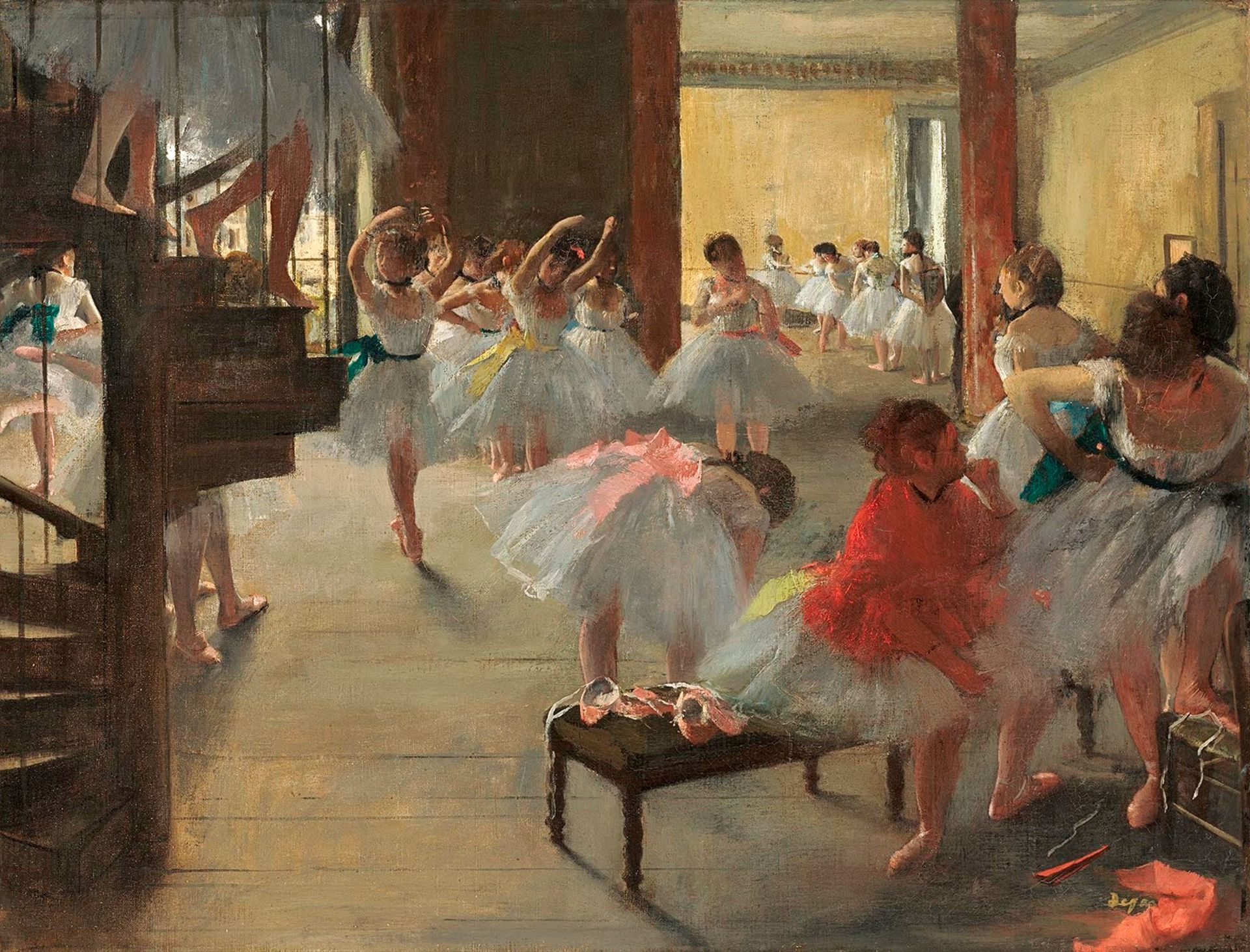Twenty-eight years ago, the Grand Palais in Paris opened a retrospective devoted to Edgar Degas, the first in more than 50 years. The 400-work show, which later travelled to the Musee des Beaux-Arts du Canada in Ottawa and the Metropolitan Museum of Art in New York, was lovingly reviewed by critics like Michael Kimmelman in the New York Times—although he had reservations about the late work. “In the 1890s, Degas’s work became more searching and haunted,” he wrote, adding that the painter’s “sight failed him”.
This was, for the most part, the consensus on late Degas, says Gary Tinterow, who organised the 1988 exhibition as an associate curator at the Metropolitan Museum with the Musée d’Orsay’s then-curator Henri Loyrette and the late Jean Sutherland Boggs, the first female director of the National Gallery of Canada in Ottawa. “One had to apologise for the late work,” he says. “It was thought to be that of an old man who could no longer draw, or a reflection of frustration and a loss of manual dexterity.” Loyrette is even more blunt: “People said Degas was a blind man.”
It took time and scholarship and subsequent exhibitions, but that feeling has largely dissipated, which gave Tinterow and Loyrette reason to return to Degas with another retrospective, which opens next month at the Museum of Fine Arts, Houston (MFAH), where Tinterow is the director. Loyrette, who became director of the Orsay and then the Louvre, is now the chairman of Admical, a French philanthropic organisation. Degas: a New Vision (16 October-16 January 2017) includes around 200 paintings, drawings, photographs, prints and sculptures by the artist and covers the entirety of his more than 50-year career. The show opened at the National Gallery of Victoria in Melbourne, Australia, in June 2016, but Houston is the only US venue.

Degas’s work from the 1870s onward tends to be perpetually “in progress”, Loyrette says. “He is always repeating and adding new elements, so the work is much more open than before.” He often kept these works to himself, constantly reconfiguring them.
Developments in recent art have helped change how we see these works, Tinterow says. “For many artists of the past 50 years, process is the key aspect of their work. In other words, what matters is what the artist is doing in his or her studio, not necessarily what is being shown to the public.”
But what will the non-specialist who strolls into the MFAH looking for a nice afternoon see in Degas? “He wanted to startle rather than to please,” Tinterow says. “He wanted to provoke, so you could slice through the facades of daily life and show what it means to be human.” Which is another lesson that takes time.


